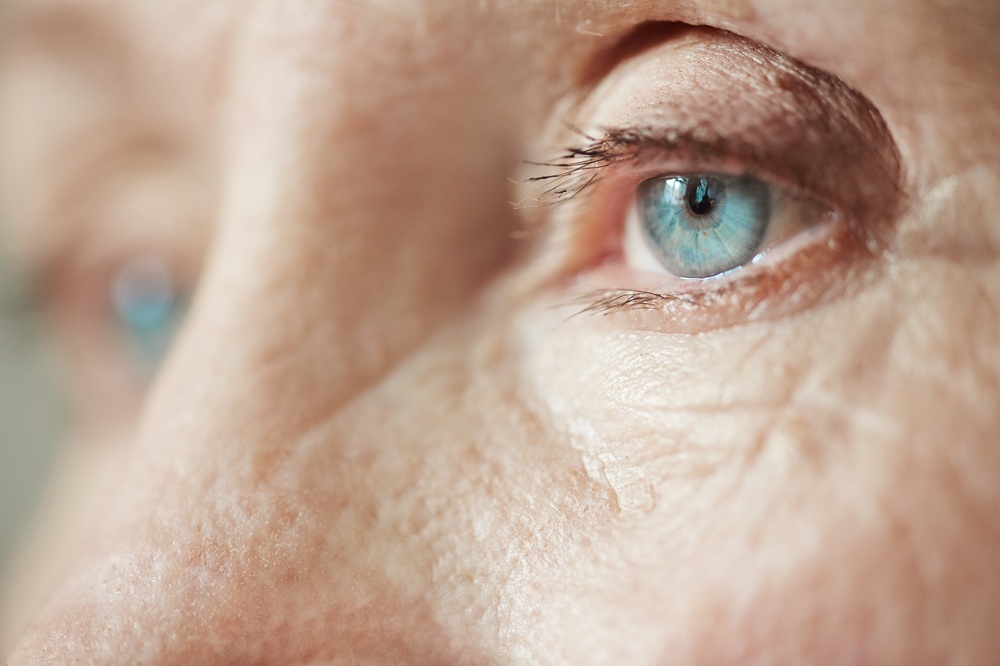
Last Updated on June 27, 2025 by Aaron Barriga
As you age, the lens of your eyes also age. As it grows old, a few of its cells die and accumulate, thus turning the lens cloudy and yellow. This results in problems like blurry vision, and fuzzy images of yellowed or fading colors. This condition is known as cataract. Anyone can be at risk of cataracts. Let’s understand more about this condition and its various types.
What are the Types of Cataracts?
1. Sub-capsular Cataract
This occurs when the back of the lens gets clouded and blurs the vision. Those suffering from diabetes or people taking high doses of steroids are at a higher risk of developing this kind of cataract.
2. Nuclear Cataract
This is usually associated with aging and forms deep in the nucleus of the lens.
3. Cortical Cataract
This type of cataract is seen in the part surrounding the central nucleus called the lens cortex. It is characterized by white-colored wedge-shaped opacities that start at the periphery of the lens and reach the center, resembling a white-colored spoke.
Read Related – Childhood Cataracts
What are the Symptoms and Signs of Cataracts?
The symptoms of cataracts differ based on the type of cataract you have. If you experience any of the following signs, consult an eye doctor immediately.
- Cloudy and blurred vision: Cataracts will start small and will hardly affect your vision initially. Eventually, the blurriness will increase, and your vision will start getting hazy. Learn more about cloudy and blurred vision here!
- Enhanced brightness: The sun, lamp, or headlights will seem too glaring and bright as compared to before. On the other hand, the brightness of colors will decrease. There will be an increased difficulty with vision at night
- Halo effect: You will see halos around any light source.
- Frequent changes in lens or glass prescription.
Different types of cataracts will give different symptoms. In the case of nuclear cataracts, you might experience a temporary improvement in your near vision, known as ‘second sight.’ This will be a short-lived phenomenon and will disappear soon, worsening the cataract. Contrarily, a sub-capsular cataract may not produce any symptoms until it’s well-developed.
What Causes Cataracts?
The lens inside the eye focuses light onto the retina and allows us to see things. This lens is made up of protein and water, and the arrangement of protein is such that it keeps the lens clear and allows the light to pass through it. However, with age, some of this protein starts clumping together and clouds a part of the lens. This is a cataract, which may grow larger and cloud more of the lens, making it harder to see.
Age is the primary reason for cataracts, but other factors elevate the risk. Some include:
- Diabetes or hypertension
- UV radiation from sunlight
- High myopia
- Family history
- Excessive smoking or drinking
- Previous eye surgery, eye injury, or inflammation
- Prolonged use of corticosteroid medications
How to Prevent Cataracts?
Though there is no concrete proof that cataracts can be successfully prevented in a patient, there have been studies that suggest that certain nutrients and nutritional supplements may reduce the risk of cataracts. Vitamin E, Vitamin C, and foods containing omega-3 fatty acids may reduce cataract risk. Covering your eyes every time you step out in the sun will greatly help.
It should also be noted that eye drops will not help prevent or dissolve small cataracts because they are not a particular substance that can be dissolved. Even the FDA (Food and Drug Administration) hasn’t approved any eye drops that can cure or delay cataracts. Any such eye drops only lessen the burning and itching sensation in your eyes.
What are the Treatment Options for Cataracts?
As soon as initial symptoms begin to appear, you can aid your vision through glasses, appropriate lighting, strong bifocals, and other visual aids. As the condition worsens, surgery is the only option.
Cataract surgery is a simple, painless, and most commonly performed treatment that helps regain clear vision. The surgery is recommended when the vision is seriously impaired and starts affecting your daily life. Cataract extraction is done with this surgery in a 15-minute procedure, which involves the use of a laser. This surgery gives really successful results. 9 out of 10 people who underwent this surgery are known to regain a vision as good as 20/20 and 20/40.
The surgery involves the removal of your clouded lens and, in most cases, replacing it with a clear, plastic intraocular lens (IOL). Cataract surgery recovery is a must after the operation.
Cataracts Post-Surgery Care
- Do not rub or press your eyes
- Don’t lift heavy weights for the next few weeks
- Heavy exercises should be avoided
- Normal routine activities can be resumed the day after, once the eye patch is removed
Read Related – 10 Tips to Achieve the Best Cataract Surgery Recovery
If you or a loved one is suffering from cataracts or is showing symptoms of the same, contact our eye care in Fresno immediately.

Dr. Azhar I. Salahuddin is an ophthalmologist and is fellowship-trained in cornea, external diseases, and refractive surgery. Dr. Salahuddin has been performing cataract surgery for over 19 years and specializes ocular reconstruction, corneal transplantation surgery as well as vision correction through a variety of intraocular lenses. Dr. Salahuddin is board-certified by the American Board of Ophthalmology and was trained at Boston University.

